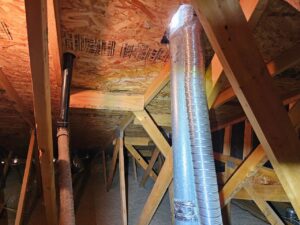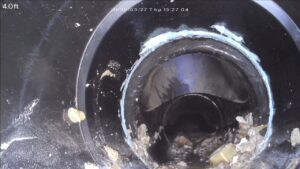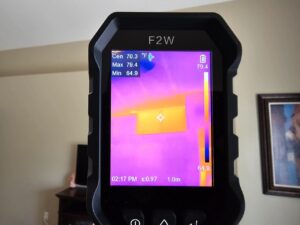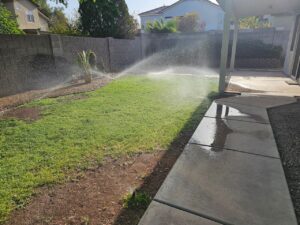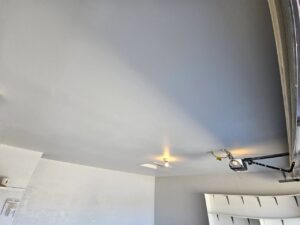When most people think of mold, they picture humid climates or swampy basements – not the dry desert air of Arizona. But here’s the truth: mold is more common in our homes than you’d think. I’ve found mold behind walls, under sinks, and inside air ducts – even in homes that look spotless on the surface.
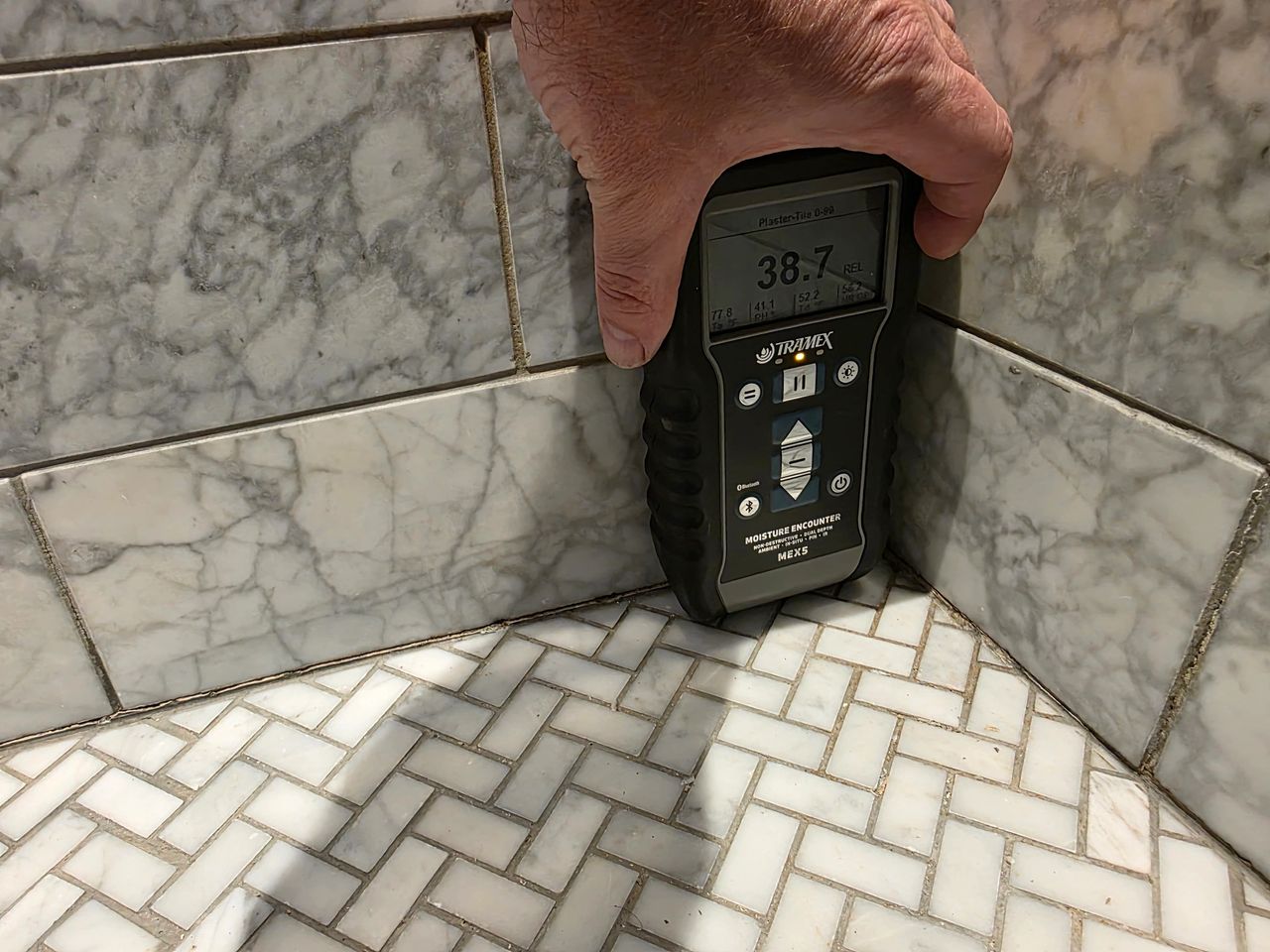
Mold doesn’t need a monsoon to start growing. All it takes is a little moisture, limited airflow, and time. Whether you’re buying a home, experiencing allergy-like symptoms, or noticing a musty odor, a mold inspection might be the smartest thing you can do. Mold isn’t always easy to spot -especially if you’re not looking in the right places. Here are some of the most common places I find mold during inspections:
🚿 Bathrooms – Mold loves warm, humid environments, and bathrooms are often the perfect storm of moisture and poor ventilation.
Behind shower walls and tile surrounds: Especially where grout is missing or cracked, or where the waterproofing behind the wall has failed.
Under vanities or behind toilets: Slow leaks from supply lines, drain traps, or failed caulking can go unnoticed for weeks or months.
Ceilings and corners: If there’s no exhaust fan (or if the fan vents into the attic instead of outside) steam has nowhere to go.
🍽️ Kitchens are full of water lines, appliances, and enclosed spaces – basically, mold’s dream neighborhood.
Under the sink: Leaky faucets, loose drain fittings, or past overflows from garbage disposals often leave cabinets damp.
Behind dishwashers and refrigerators: Supply lines or drain hoses can leak slowly for a long time without detection.
Inside pantry corners or behind baseboards: Especially when moisture wicks through walls from adjacent bathrooms or laundry rooms.
🧺 Laundry Rooms – These spaces combine heat, humidity, and plumbing, plus they’re often closed off with minimal airflow.
Behind washing machines: Loose hose connections or slow leaks cause water to pool unnoticed behind the unit.
Around drain pans: Many homes lack proper floor drains, so even a small leak can cause damage that supports mold growth.
In corners or on walls: If dryers vent poorly or not at all, the moisture can stay trapped in the room.
❄️ HVAC Systems & Ductwork – Your air conditioning system can circulate air (and mold spores) throughout the house.
Evaporator coils and drip pans: These collect condensation and often sit above ceilings or in attics where leaks go unseen.
Unsealed or leaking ductwork: Warm attic air meeting cool air in ducts can create condensation inside the ducts themselves.
Registers and vents: Mold can grow in and around vents when humidity levels rise, or if the system isn’t maintained.
🧱 Attics – People think of attics as dry and dusty, but I’ve found mold here more times than I can count.
Roof leaks: Tile underlayment or flashing failures let rainwater enter and saturate insulation and sheathing.
Improper ventilation: Trapped heat and moisture with nowhere to escape causes mold to grow on framing and roof decking.
HVAC condensate issues: Overflow pans and clogged drain lines from attic HVAC systems are a leading cause of attic mold.
🪟 Walls & Baseboards – Sometimes you don’t see mold, but you smell it. That’s because it’s hiding behind the drywall.
Plumbing leaks in wall cavities: These often go unnoticed for long periods, especially behind tubs, sinks, and laundry hookups.
Window leaks: Poorly sealed windows let water seep in and sit behind walls, especially after storms.
Past flood damage: If flooring or drywall wasn’t properly dried, mold can start growing beneath it—even years later.
🌵 Other Trouble Spots – Garages and storage rooms: Water heaters, soft water systems, or even rain coming under the garage door can leave these areas damp.
Closets on exterior walls: Poor insulation can create condensation inside closets, leading to musty clothes and moldy drywall.
Behind furniture: Especially in vacant homes or those with poor airflow, mold can grow on walls hidden behind beds, dressers, or couches.
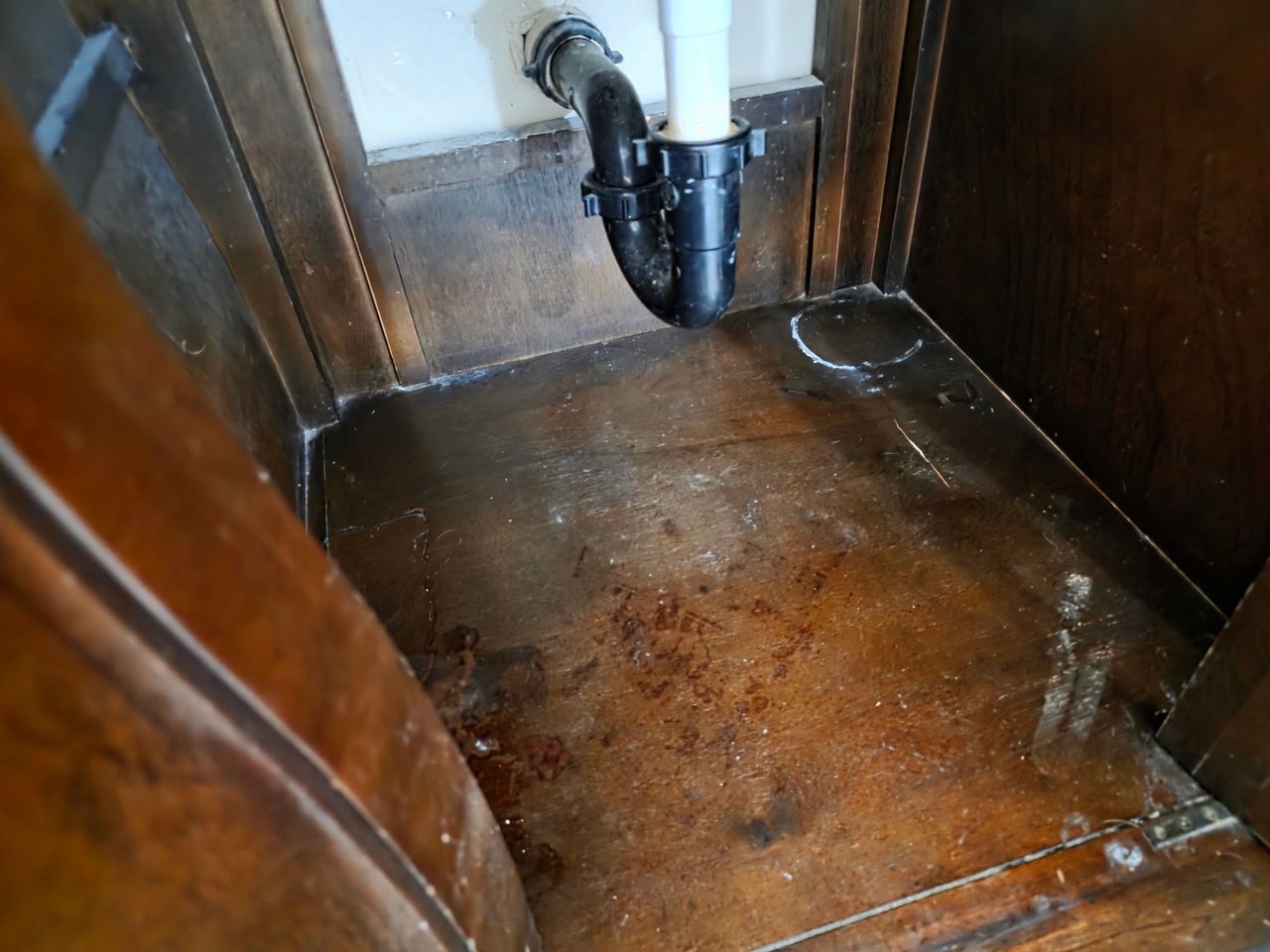
Even homes that have been vacant or flipped can have hidden mold issues – sometimes worse, because nobody was around to notice or fix leaks. Mold can affect your health and your house in very different ways, but neither one should be ignored.
Health Risks: Mold spores can trigger allergies, asthma, coughing, headaches, and chronic respiratory issues. For people with weakened immune systems or sensitivities, mold exposure can be serious.
Property Damage: Mold feeds on organic materials,drywall, wood, insulation – and it doesn’t stop once it starts. It can weaken structural components, ruin cabinets or baseboards, and create costly repairs if left untreated.
Worried? Don’t panic – but don’t ignore it either. Mold doesn’t go away on its own.
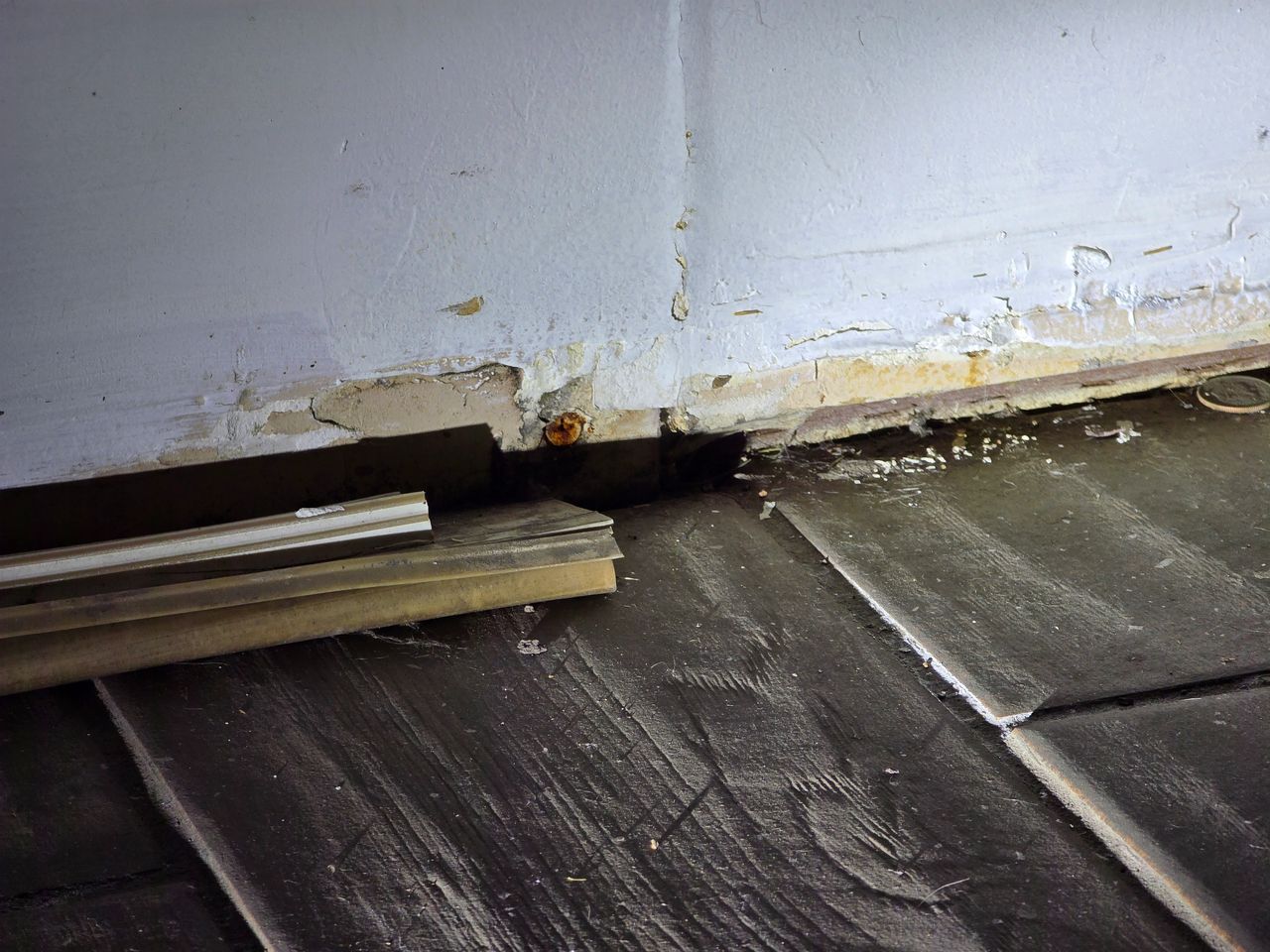
🧪 We Can Test for Mold (And Tell You What It Means)
At Property Inspections Plus, we offer professional mold testing whether you’re dealing with a specific issue, or just want peace of mind.
Limited-Scope Mold Testing: Great if you suspect a specific area has mold. We’ll take samples and send them to a lab to identify what’s growing and how dangerous it might be.
Full Home Mold Assessments: A more thorough inspection of the home, checking multiple areas and using moisture meters, infrared cameras, and air sampling (if needed) to evaluate the entire property.
We can even tell you whether it’s surface-level mildew, or something more serious like Stachybotrys (black mold). Either way, you’ll know exactly what you’re dealing with – and how to fix it. If you’ve noticed strange odors, unexplained symptoms, or signs of water damage, don’t wait. Arizona homes can and do have mold, even in the driest cities. We’re here to help you catch it early and keep your home safe.
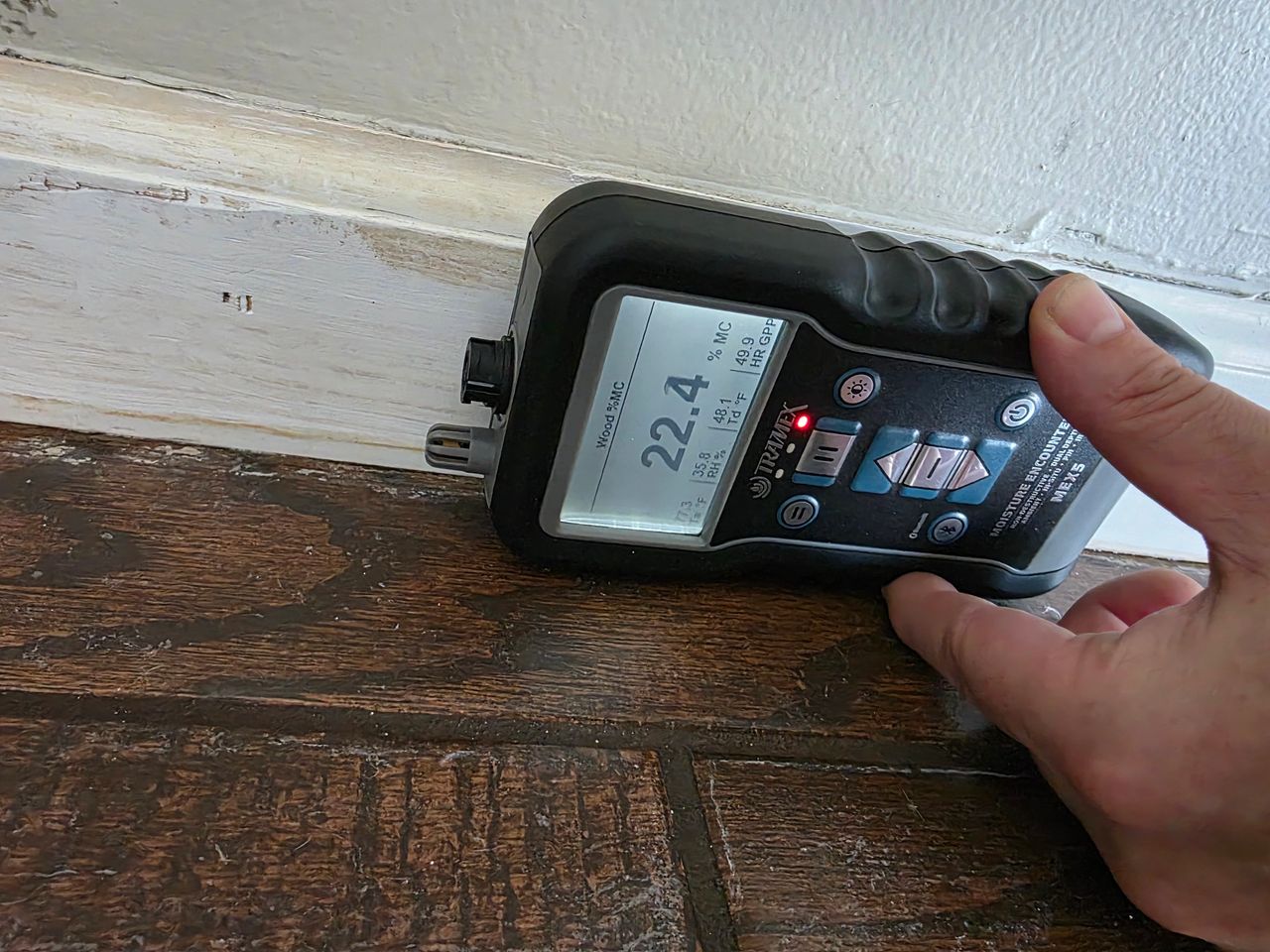
🧪 How We Test for Mold with Sporecyte
You can smell mold or see stains—but to know what it is, how much there is, and whether it needs professional removal, you need testing. That’s where we partner with Sporecyte, a modern mold laboratory that delivers fast, thorough results.
🏡 What You’ll Get
Peace of mind: Know if that musty smell is harmless or something serious.
Negotiation power: In real estate deals, concrete mold reports carry weight.
Health protection: Avoid long-term exposure to harmful molds like Stachybotrys, Chaetomium, or Fusarium.
Clear next steps: Our assessments come with guidance—whether it’s remediation, drying, sealing, or repairs.
Property Inspections Plus – Mold Testing in Gilbert, Phoenix
🔬 Full home mold assessments & targeted testing available
📞 Call/text: 623-399-0079
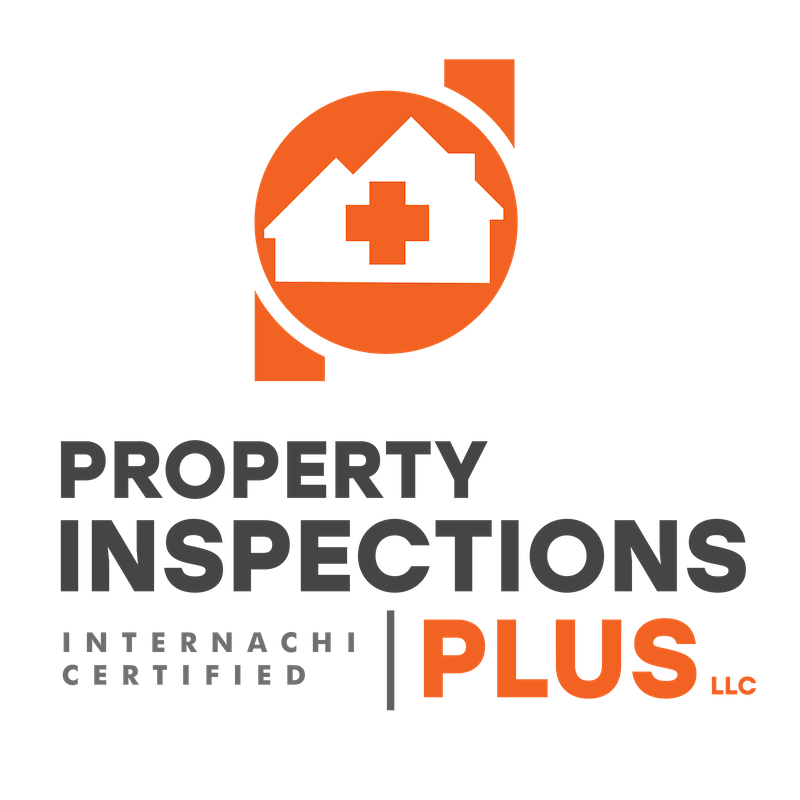
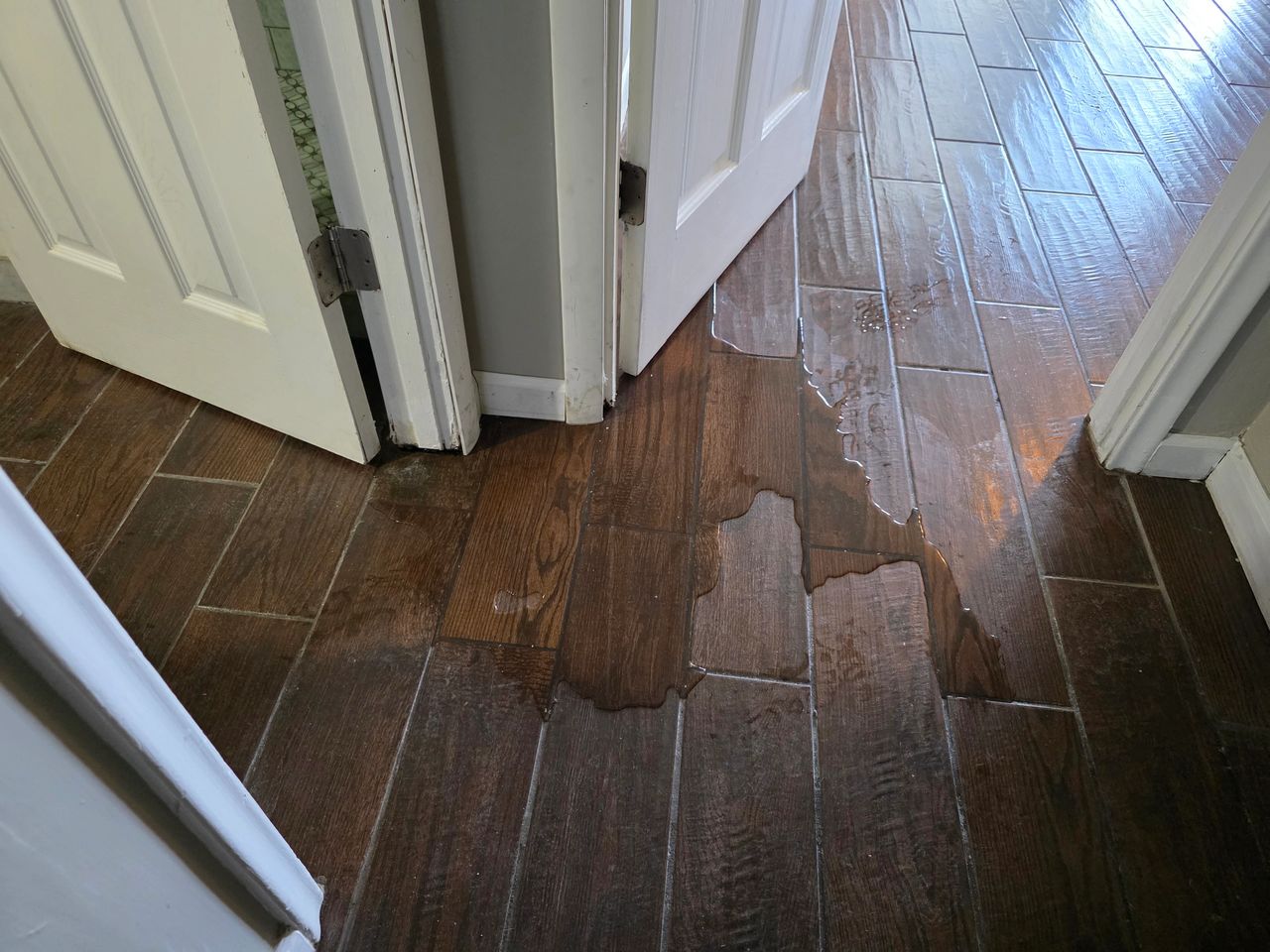
 Hi, I’m Home Inspector Dan — owner of Property Inspections Plus and a
Hi, I’m Home Inspector Dan — owner of Property Inspections Plus and a 